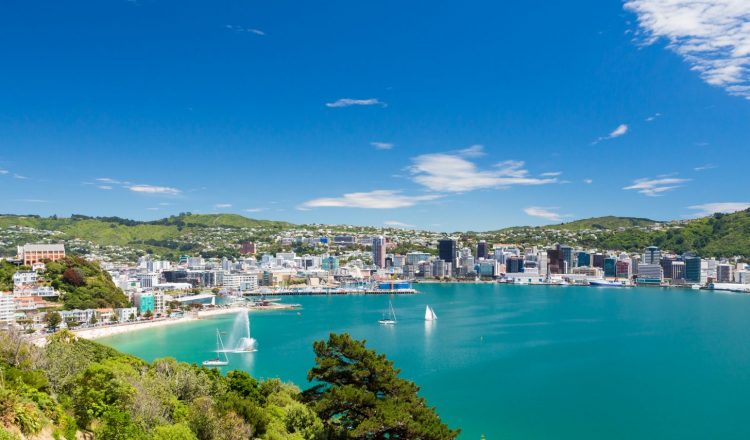更好的生活
生命比 GDP 和经济统计的冷数字还要多 —— 经合组织的 “美好生活指数” 允许你根据经合组织确定的十一个重要主题,在物质生活条件和生活质量领域对各国的福祉进行比较。
与大多数其他国家相比,新西兰在许多福祉衡量标准方面表现良好。新西兰在健康状况、收入和财富、环境质量、个人安全、公民参与、住房、主观福祉、教育和技能、工作和收入以及社会联系方面排名高于平均水平,但在工作与生活平衡方面,新西兰排名低于平均水平这些排名基于可用的选定数据。
金钱虽然不能购买幸福,但是是是实现更高生活水平的重要手段。在新西兰,家庭人均净调整后的可支配收入平均水平低于经合组织每年 33 604 美元的平均水平。
就业而言,新西兰 15 至 64 岁的人中有 77% 的人有带薪工作,高于经合组织的平均就业率 68%。约 82% 的男性从事有偿工作,而女性的这一比例为 72%。在新西兰,15% 的员工工作时间很长,超过经合组织的平均水平 11%,其中 21% 的男性工作时间很长,而女性则为 9%。
良好的教育和技能是找工作的重要条件。在新西兰,79% 的 25-64 岁成年人完成了高中教育,明显高于经合组织平均水平的 78%。女性比男性稍微真实一些,因为 78% 的男性成功完成了高中学业,而女性为 79%。就教育系统的质量而言,经合组织的国际学生评估计划(PISA)中,学生平均在阅读识字、数学和科学方面获得 506 分。这个分数高于经合组织 486 的平均水平。在新西兰,女孩的表现平均高于男孩 6 个百分点,比经合组织的平均差距 2 点还要大。
在健康方面,新西兰出生时的预期寿命为 82 岁,比经合组织 80 岁的平均水平高出两年。女性的预期寿命为 83 岁,而男子的预期寿命为 80 岁。大气中 PM2.5 的含量 —— 足以进入肺部并造成损害的微小空气污染物颗粒 —— 为每立方米 4.9 微克,远低于经合组织每立方米 13.9 微克的平均水平。新西兰在水质方面也表现良好,因为 89% 的人表示他们对水质感到满意,高于经合组织 81% 的平均水。
关于公共领域,新西兰有强烈的社区感和高度的公民参与度,96% 的人认为他们认识他们在需要时可以依赖的人,超过经合组织的平均数 89 人。选民投票率是衡量公民参与政治进程的衡量标准,在最近的选举中为 80%,高于经合组织的平均水平 68%。最高 20% 的人口的选民投票率估计为 97%,而底层 20% 的参与率估计为 85%。这一差异略小于经合组织 13 个百分点的平均差异。
总的来说,新西兰人对自己的生活比经合组织的平均水平更满意。当被要求按 0 到 10 的比例来评价他们对生活的总体满意度时,新西兰人的平均评分为 7.3 级,高于经合组织的平均水平 6.5。
了解更多关于 新西兰美好生活指数(外部链接)

















































